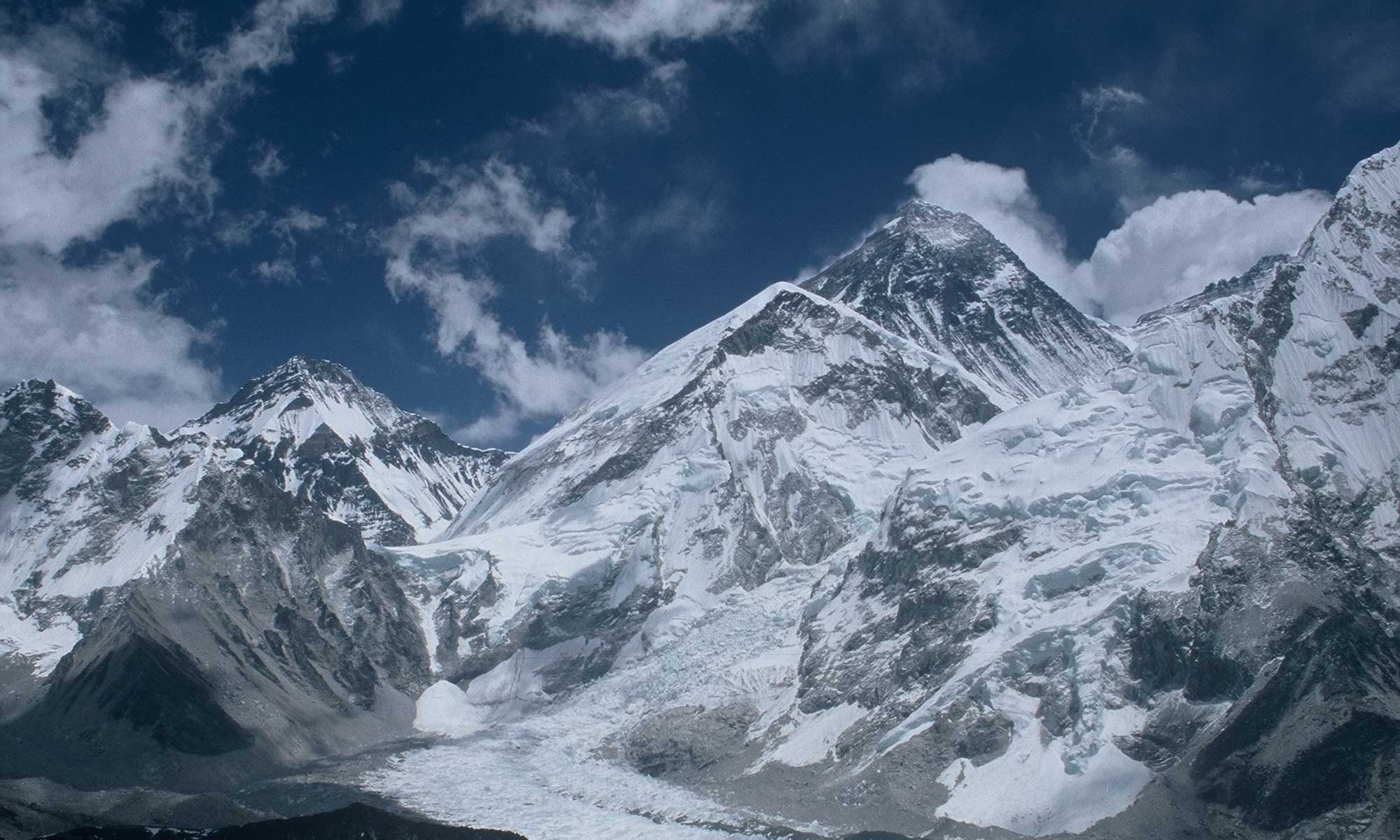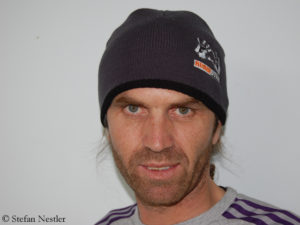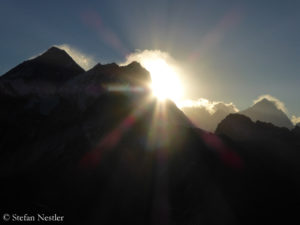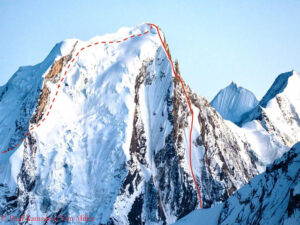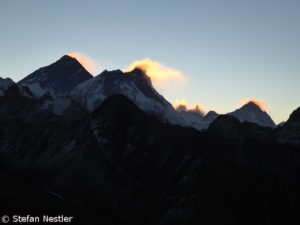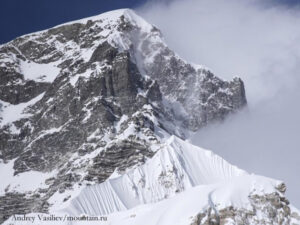When Thomas Huber talks about freedom in the mountains, his eyes light up. “Mountains are so much more than just a name, an ascent or a record,” the older of the two Huber brothers tells me. “Mountains give you the opportunity to find something very special. Within yourself. Your inner freedom.” Thomas is now 57 years old. After losing his hunting dog Cerro, who was run over last winter, he decided to give up expeditions this year. Instead, he concentrated on training his new dog Torre – and returning to his mountaineering roots: extreme climbing.
Continue reading “Thomas Huber: “I don’t need an eight-thousander””Alpinism: Six commandments of good style
The style debate in the mountaineering scene is gathering pace – not least because of the events on the eight-thousanders this year: 17 deaths on Mount Everest in the spring season; the record-breaking hunts by Norwegian Kristin Harila and Nepalese Tenjen Sherpa and others; the death of Pakistani high altitude porter Muhammad Hassan on K2; the four avalanche victims on Shishapangma, including Tenjen Sherpa.
In recent days, top mountaineers such as the Spaniards Kilian Jornet and the brothers Eneko and Iker Pou have commented on the question of whether everything that is possible should really be allowed in the mountains. I would particularly like to recommend Kilian’s essay to you. “Climbing style holds profound significance in the Himalayas, extending beyond personal preferences,” writes the 36-year-old. “As climbers, we are more than just athletes; we are stewards of these majestic mountains and paving the way for future generations. Every decision we make while climbing has consequences for the environment and others, shaping the future of climbing itself.”
I have tried to put together some conditions that I believe are necessary for a mountain project not only to be responsible, but also to advance alpinism. Hopefully this makes it clear that I am addressing climbers who are at the highest level of climbing. But there may also be some food for thought for the “normal” mountaineer.
Continue reading “Alpinism: Six commandments of good style”Paul Ramsden after another first ascent of a six-thousander in Nepal: “Anything but alpine style is cheating”
Paul Ramsden and Tim Miller have done it again: the two Brits managed another first ascent of a six-thousander in Nepal this fall – in alpine style (without bottled oxygen, without Sherpa support, without fixed ropes and without fixed high camps) and on a difficult route. Paul and Tim climbed the North Face of Surma-Sarovar in the far west of the country. The 6,574-meter-high mountain is located in the Salimor Khola Valley in the Gurans Himal, close to Nepal’s border with Tibet and India. “Possibly the most remote location I have ever been to, and we managed to climb a great route,” Paul wrote to me after his return from Nepal. He and Miller have thus achieved yet another feat of alpinism.
I had actually sent Paul some questions three weeks ago on the occasion of the Piolets d’Or award ceremony in Briancon on 15 November. Paul’s wife then informed me that he and Tim were still in Nepal. Ramsden and Miller will receive the “Oscar of Mountaineering” – as reported – for their first ascent of the 6,563-meter-high Jugal Spire in Nepal last year. Paul is the first mountaineer to be awarded the prestigious prize for the fifth time. Here are the answers from the 54-year-old top climber from Yorkshire in northern England.
Congratulations, Paul, on the fifth Piolet d’Or of your mountaineering career. What does the award mean to you?
Continue reading “Paul Ramsden after another first ascent of a six-thousander in Nepal: “Anything but alpine style is cheating””UN Secretary-General Guterres on climate change in the Himalayas: “We must stop this madness”
High-ranking visitor to the world’s highest mountains. António Guterres, Secretary-General of the United Nations, was in Nepal this week to see for himself the consequences of climate change in the Himalayas. The Portuguese made a detour to the Everest region and the base camp on the south side of the eight-thousander Annapurna I and was informed by locals – including mountaineer Dawa Steven Sherpa, WWF ambassador for climate change – about the effects of rising temperatures.
“I am here in the Himalayas where glaciers are melting at a record level. Like in Greenland, like in Antarctica. Sea levels are rising,” said Guterres in Khumbu. ” And here we see floods, we see landslides, we see communities being dramatically impacted. We must stop this madness.”
Continue reading “UN Secretary-General Guterres on climate change in the Himalayas: “We must stop this madness””Russian expedition abandons Cho Oyu expedition – first ascents on six-thousanders
For the time being there is no new route on the Nepalese south side of the eight-thousander Cho Oyu. A five-member Russian team abandoned its attempt to reach – without bottled oxygen – the summit at 8,188 meters via the still unclimbed South-Southwest ridge and headed home.
Gale-force winds had prevented further ascent, the team announced on the website of the Russian Mountaineering Federation. In addition, time was running out. “The main reason for turning back was the understanding that there was still infinitely much ahead,” expedition leader Andrey Vasiliev told mountain.ru. “We had about four kilometers left to the top.”
For weeks, Vasiliev, Viktoria Klimenko, Vitaly Shipilov, Sergei Kondrashkin and Kirill Eizeman had worked their way up – repeatedly stopped by bad weather that forced them to retreat. Their highest point reached was around 7,350 meters, below a high rock tower.
Continue reading “Russian expedition abandons Cho Oyu expedition – first ascents on six-thousanders”